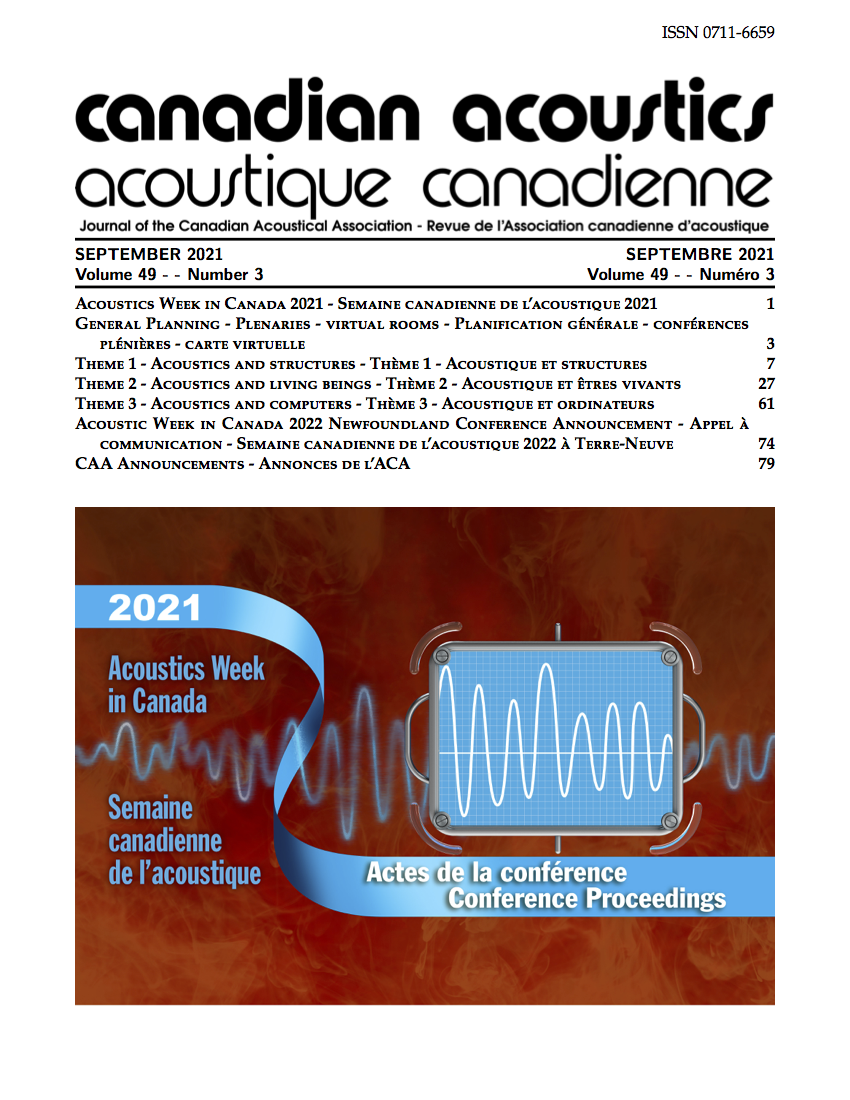Coronal fricatives among L1 and L2 Hul'q'umi'num' speakers
Abstract
This project tracks the acquisition of the coronal fricatives /θ, s, ɬ, ʃ/ in Hul’q’umi’num’ (Central Salish) by 3 L2 learners across a three-year period (2016-2019) and compares them with those of 2 L1 speakers to determine acquisition trajectories. We measured dynamic COG to glean information about place of articulation. We also incorporated COG, standard deviation, skewness, and kurtosis into a PCA analysis to determine how learners arranged their phonetic space. COG results revealed differences between and within the groups of L1 and L2 speakers; the largest difference was for /θ/ across L1 speakers, pronounced as either an interdental or a dental consonant (see Suttles (2004) on dialectal variation of /θ/). All L2 speakers produced /θ/ as an interdental in 2016, but two speakers produced a dental in 2019. This suggests an increased awareness among L2 speakers of Hul’q’umi’num’ phonetic detail, leading to a decrease in L1 transfer effects (English /θ/ is interdental). The PCA analysis revealed significant differences in how COG, SD, skewness, and kurtosis were utilized by each speaker to distinguish segments, although the dispersion between segments was similar. This suggests that speakers organize their acoustic spaces in different ways to achieve the same communicative goals.
Suttles, W. (2004). Musqueam Reference Grammar (University of British Columbia Press, Vancouver)
Additional Files
Published
How to Cite
Issue
Section
License
Author Licensing Addendum
This Licensing Addendum ("Addendum") is entered into between the undersigned Author(s) and Canadian Acoustics journal published by the Canadian Acoustical Association (hereinafter referred to as the "Publisher"). The Author(s) and the Publisher agree as follows:
-
Retained Rights: The Author(s) retain(s) the following rights:
- The right to reproduce, distribute, and publicly display the Work on the Author's personal website or the website of the Author's institution.
- The right to use the Work in the Author's teaching activities and presentations.
- The right to include the Work in a compilation for the Author's personal use, not for sale.
-
Grant of License: The Author(s) grant(s) to the Publisher a worldwide exclusive license to publish, reproduce, distribute, and display the Work in Canadian Acoustics and any other formats and media deemed appropriate by the Publisher.
-
Attribution: The Publisher agrees to include proper attribution to the Author(s) in all publications and reproductions of the Work.
-
No Conflict: This Addendum is intended to be in harmony with, and not in conflict with, the terms and conditions of the original agreement entered into between the Author(s) and the Publisher.
-
Copyright Clause: Copyright on articles is held by the Author(s). The corresponding Author has the right to grant on behalf of all Authors and does grant on behalf of all Authors, a worldwide exclusive license to the Publisher and its licensees in perpetuity, in all forms, formats, and media (whether known now or created in the future), including but not limited to the rights to publish, reproduce, distribute, display, store, translate, create adaptations, reprints, include within collections, and create summaries, extracts, and/or abstracts of the Contribution.


